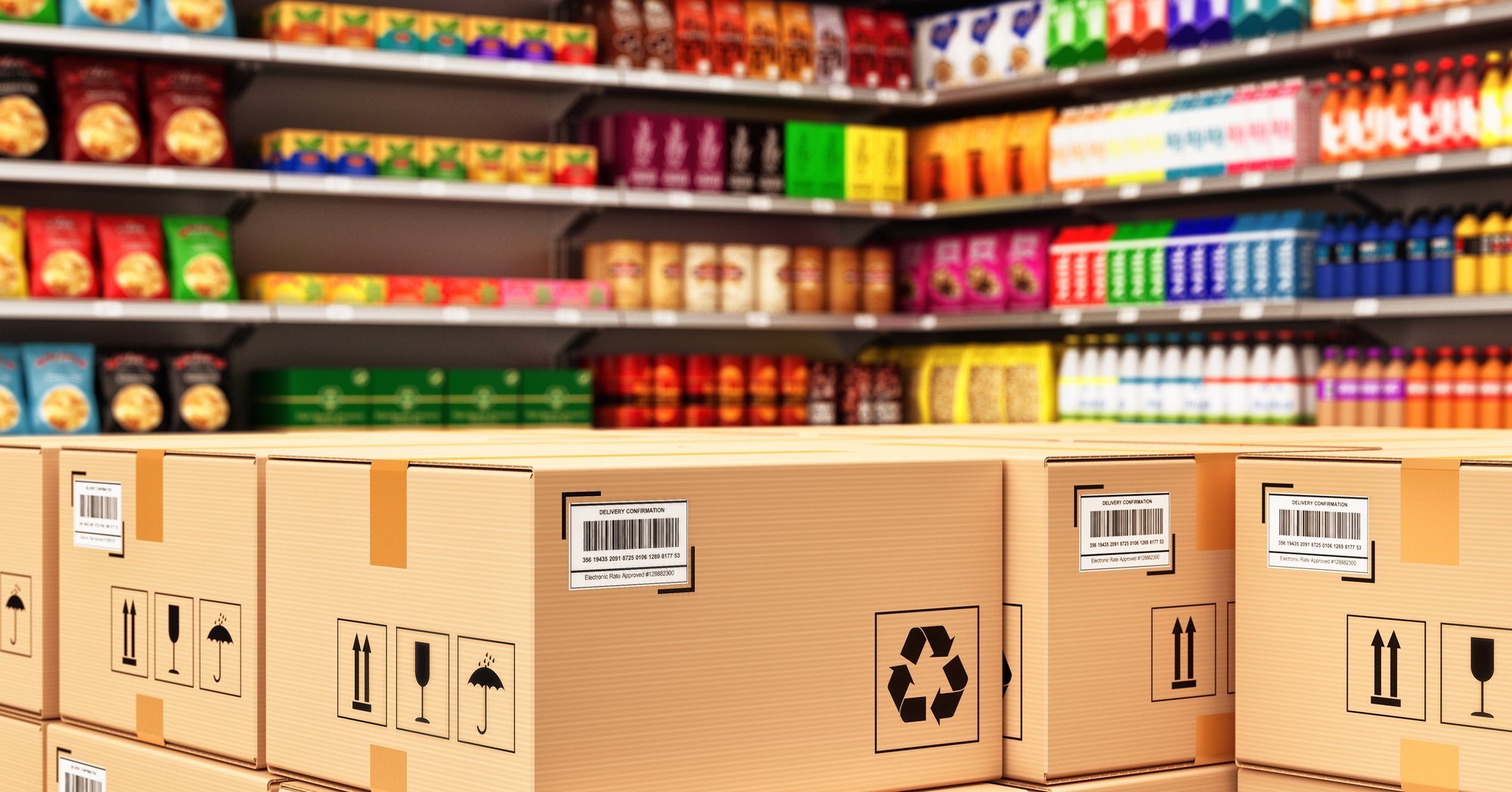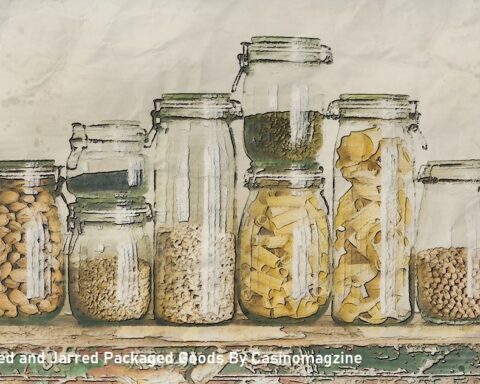Today topic is Benefits of bagged packaged goods. All of us know the worth of packaging for a commodity. The packaging methods depend on the commodity, we transport. You would not expect that a burger you ordered online from some restaurant will come up in a steel box. Right? Of course, the nature of product itself suggests its packaging.
Traders have introduced various packaging methods including boxed packaging, tuned, bottled, and bagged packaging. In this article, we will specifically shed light on bagged packaged goods and tell you all pros and cons of this packaging method.
History of bags
Lets initiate by digging into the history of bags. The use of pouches predates written history, there were sacks made up of animal skin to gather food. Later, paper bags were introduced by retailers to distribute their bagged packaged goods. The first ever bag-making tool was developed in England, by Francis Wolle. Before the year 1852, when this machine was not built, only commercial paper bags were used by residents.
This packaging procedure uses fabric, paper, and plastics to prepare a bag. The material from which a retailer can make a bag is decided by the quality of the products. We will go through all of these three types of stuff used in bags to create awareness in retailers and customers. You will get to know how the material of bag is chosen and what it serves.
Fabric Bags
- Fabric bags are purposely invented to boycott plastic. They are reusable as same like plastic bags, and eco-friendly as well. Shopping bags, Jute, woven, and cotton bags fall into fabric bags. Cloth bags serve several purposes such as grocery shopping, shoe shopping, and beverage shopping.
Plastic Bags
Plastic bags are more secure than paper, and cloth bags. They cannot be torn easily and last longer than other variants of bags. Plastic bags can carry an extra burden than paper bags could. Plastic bags provide universal purposes due to their durability. If you do shopping from any brand’s outlet, they will hand over their dresses in plastic bags.
Plastic bags that are used to transport food items are classified into three kinds, namely HDPE, LDPE, and PP.
High-density polythene bags are transparent bags, commonly used in grocery stores. Due to their capability of tolerating the temperature, this plastic is mostly used to deliver restaurant food items.
Another type of plastic, Low-density Polythene used to transport fresh fruits, vegetables, and meat. Due to the breathing property of this plastic, it keeps the food fresh.
The third category of plastic is known as polypropylene. It has no properties similar to other variants of plastic but it can resist chemicals. Retailers utilize this plastic when they need to preserve herbs.
Paper Bags
- Paper bags were introduced by retailers. Paper bags come up in different lengths and styles. For example, S.O.S bags, bakery bags, merchandise bags, and mailing bags. Paper bags are commonly seen in delivering restaurant food. Numerous famous Food brands use paper bagged packaging to wrap up their products. Most junk food restaurants prefer delivering their food in paper bags.
Advantages of bagged packed goods
- Inexpensive
bagged packaged goods is the cheapest wrapping method according to the price. They are made up of inexpensive materials so they do not add up in production costs. Besides, they do not add any weight
- Light-Weighted
Being light-weighted packaging does not only reduce the item’s cost but is also easy to carry. This packaging method is liked by consumers due to its reusable nature.
- Manageable
The structure of the bag makes it convenient to carry. We can easily hang the bag strips on our arms or shoulders. People often use shopping bags for various purposes later.
- Customization
It is easy to customize a bag according to your brand theme. Many brands have personalized their bags on which they sells their products. Cosmetics, dresses, jewelries, shoes, and so many other branded commodities will be sold to you in their customized bags.
- Safety
To keep your product safe from polluted air, it is essential to wrap it up with hard material. Bags are either made up of plastic or cardboard and serve the same benefit.
- Due to their opaque nature
No one would like to show others the dress or jewelry they have bought before wearing it. Brands know the way of thinking of their consumers. Due to the opaque nature of the bag, it is not only convenient for them to display their theme and logo on the bag but also hideaway the stuff.
- Different sizes bags
Different lengths of bags perform different tasks. Industries also use huge polythene bags to transport their agricultural goods.
- Bagging Machinery
Bags are easily designed through machines. Industries have not to need to hire laborers for such easy tasks. This will save cost and time as well.
If you have been a part of any industry, you must know that machines that create bags are smart enough. These machines save the extra material on the other side and use it later in another bag. This is not only cost-effective but saves time as well.
Disadvantages of this method
- Bagged packaged goods are only for light weighted shopping stuff or food items. They are not appropriate for carrying heavy items.
- Bags are either open from the above area or taped temporarily. They cannot protect the product as much as boxes, or cartons do.
- Bags are only used when an individual does shopping or orders something through express delivery. Bagged packaging is not appropriate for overseas deliveries.
- Fragile items cannot be carried in bagged packaging because they can be damaged easily if carried in a bag.
Last Thoughts
I hope this article was helpful for retailers in deciding on the appropriate packaging for their commodities. Likewise, consumers must know what role the packaging method plays in shopping. Bagged packaged goods is a solution for industries and end-users due to the different sizes of bags. To determine the material, design, and size of bags, you need to analyze the market trends and nature of products.

